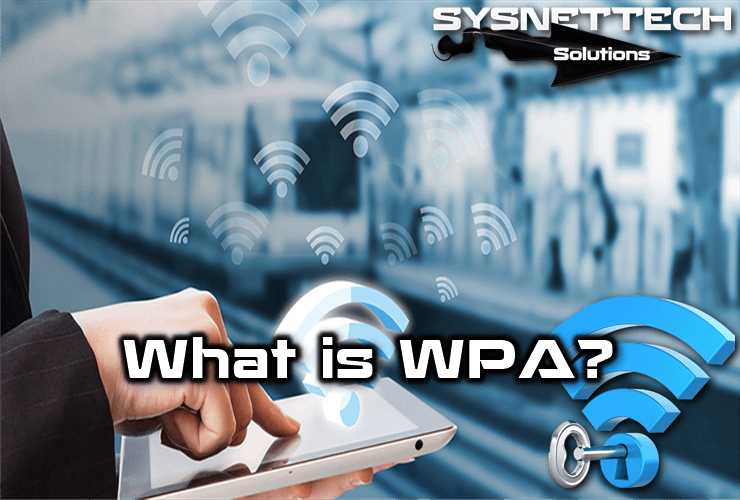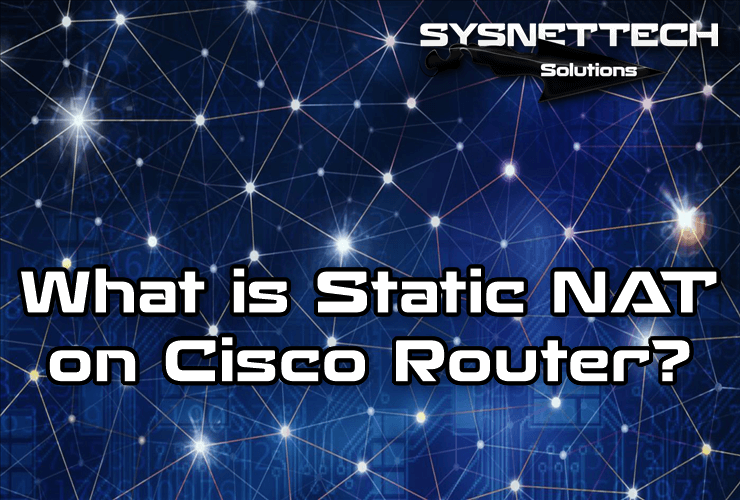The normal working principle of the switches used in computer networks is to receive the incoming packet and forward it to the destination. However, Switch uses different methods to accomplish this task.

Switching Types
Computer networks are created using layer 2 and layer 3 switches. A Switch uses different methods when sending packets over the network. These methods are very different from each other and apply completely according to the network structure.
Before explaining this topic, you can take a look at what is Switch, which we mentioned in our previous article.
Operating Logic of a Switch
These types can be examined under 3 titles. These methods have advantages and disadvantages among themselves, and the method that is used most often and is currently active by default is the Store and Forward method.
Store and Forward
In this method, the entire frame is read and stored in memory before being sent to the destination. The switch controls the integrity of the bits of the frame using the CRC (Cyclic Redundancy Check) mechanism.
If there is no problem with CRC calculation, the network device will send the frame to the destination. So if there is an error in CRC calculation, it will definitely not send the frame to the destination port.
In the Store and Forward method, the transmission of faulty frames is blocked but creates a high latency time. The Store and Forward method are used in networks designed to prevent errors from happening.
Cut-Through
Although the Cut-Through method is a fast type, it is not highly recommended. A device using the Cut-Through method transmits the frame without CRC calculation to instantly transmit the frames. As a result, the frames sent without CRC calculation will be problematic.
The cut-through method is divided into two parts;
1. Fast-Forward
The fast-forward method is a fast method in packet transmission. The switch will send the target MAC address in the frame to the target port that is read and not read. As a result, there will be no delay in the Fast-Forward method. However, since the switch does not perform CRC control on the frame, the frames will be sent as damaged.
However, since the switch does not perform CRC control on the frame, the frames will be sent as damaged. You can use this method in a stable network environment with very few problems.
2. Fragment-Free
In the Fragment-Free method, the Switch controls the first 64 bytes of the frame before transmitting the frame to the destination port. Incoming frames lower than 64 bytes appear as Collision, which is called Runt.
In the Fragment-Free method, the first 64 bytes are controlled to prevent conflicts on the network.
The Store-Forward method has the highest latency time, while the Fast-Forward method has the lowest latency time if we are going to make a small comparison by taking both methods.
The delay time of the Fragment-Free method remains between these two methods. Fragment-Free works very well in network environments where the collision is very dense.
Adaptive Cut-Through
Most Cisco devices use the Store and Forward method. This is due to the fact that with improved technology and faster frame transmission improvements, frames are transmitted without errors and very fast. In addition, switches that can adapt to the network environment have been developed.
These switches have fast transmission capabilities with low latency. When the switch sends the frame to the destination port, it sends it too fast without CRC checking and the frame is successfully transmitted to the destination without error. With this method, the switch frame forms an error counter in the transmit memory and compares the error rates with the threshold value.
If the frame error counter is greater than the threshold value, the Switch is considered to have performed a number of erroneous operations. As a result, the Switch will immediately return to Store and Forward as it uses an adaptable method. Therefore, when the error counter falls below the counter value, the Switch will immediately return to Fast-Forward.
In short, these types of switches are called Adaptive Cut-Through.
Cisco Switch Basic Configuration ⇒ Video
You can watch the video below to make the basic settings of the switches and also subscribe to our YouTube channel to support us!
Final Word
In this article, we have examined the frame transmission methods of switches. Thanks for following us!



